Getting the design of such a service right is hard enough to begin with. So the new service must weave together appearance, functionality, usability, and originality, to ensure the end result doesn’t end up feeling like the old service, this time delivered by a disgruntled concierge armed with a device.
To successfully introduce a properly designed service demands a sustained and iterative push of Design Thinking and Design Doing that often requires many people across large organisations to be involved and change their own approaches.
For example, staff will need to be discouraged from relying on the sanctuary of their counter or desk for much of their shift, and encouraged and empowered to proactively engage customers in their natural habitat - not just on one day, but every day. To empower them, leadership need to trust and enable the staff to more independently decide when and how to help their customers and reinforce this approach by rewarding those who do, even if some staff may not get it right. And to make sure such a positive change endures, the business needs to stop building so many desks.
Ideally, you’d involve everyone in the design process to get them to understand why they will need to Think and Do differently, yet the design team can only be so big. You can’t realistically get everyone from across a large organisation Thinking and Doing differently at once, certainly not in a way that’s sustainable. But you can (and must) put together your design team to make it a microcosm of the best of the organisation, and equip them to effectively engage further and wider to get people Thinking and Doing differently in the future.
This is important because when it comes to introducing a service in large organisations, there are other key stakeholders beyond the customers who ultimately decide if they need or desire the service. There are leaders who need to be convinced about whether the design of the service is worth investing in and who decide whether it’s a priority or not for the business. And there is the management and frontline staff within the organisation who must determine whether they believe in the service enough to introduce it and improve it, even if thatinvolves forgetting habits.
Your design team should have a good mix of those key stakeholders and decision makers onboard, and be supported by customer insights and expert designers to guide and facilitate them through the design process. We recently took such an approach with two organisations. Both Finavia and Helsinki Airport had never worked through a design process together, yet were prepared to give some of their talented people the time to Design Think and Design Do as partners.
This joint team played a vital role in ensuring that the customer experience vision we formed with them, and the services we designed to bring this to life, were relevant, supported by leadership, and grounded in the operational realities of their organisations. This gives the service a great chance of being successfully delivered and adopted.




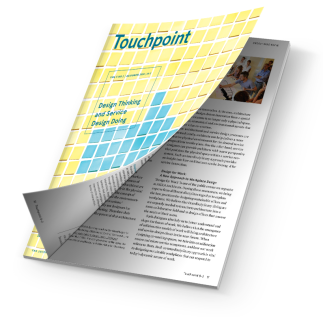
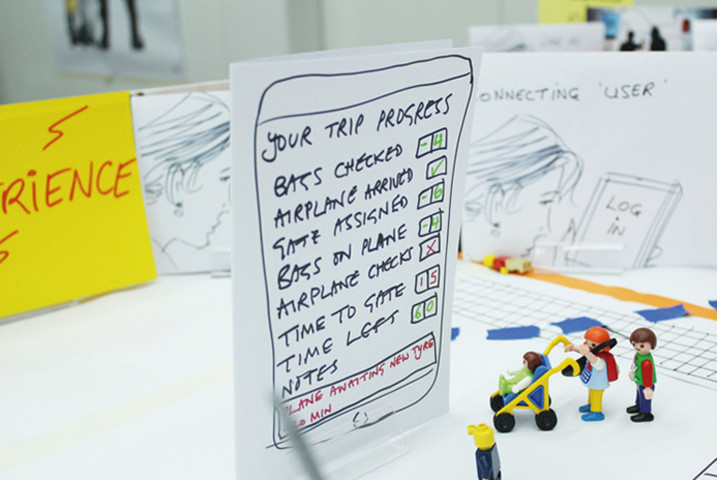

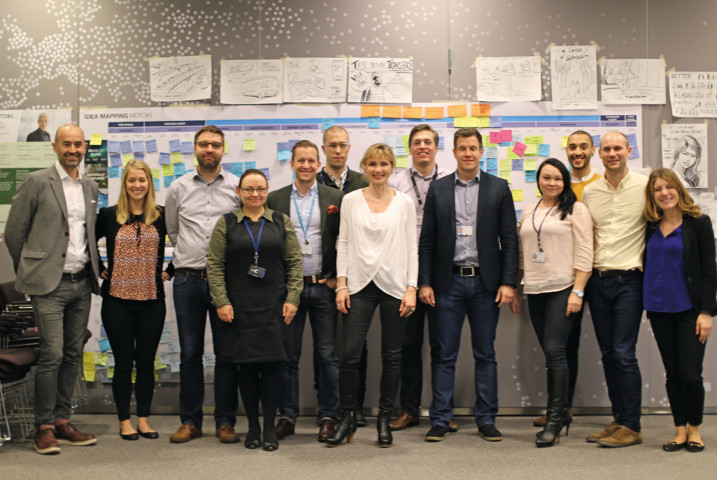

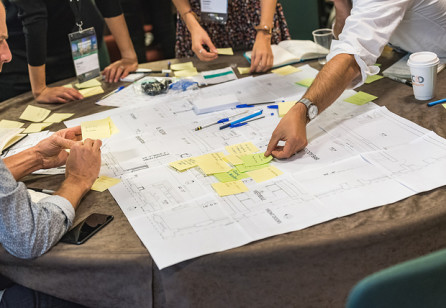
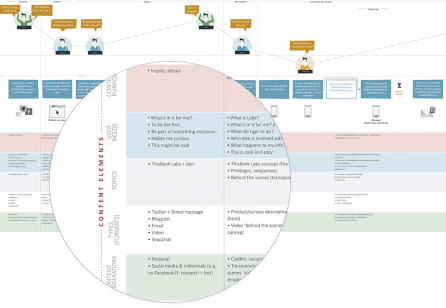
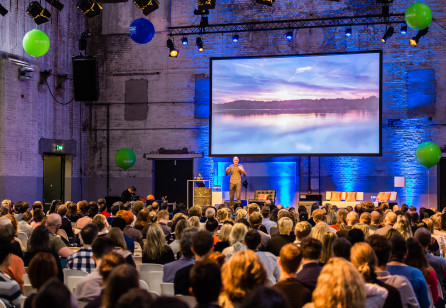

Share your thoughts
0 RepliesPlease login to comment